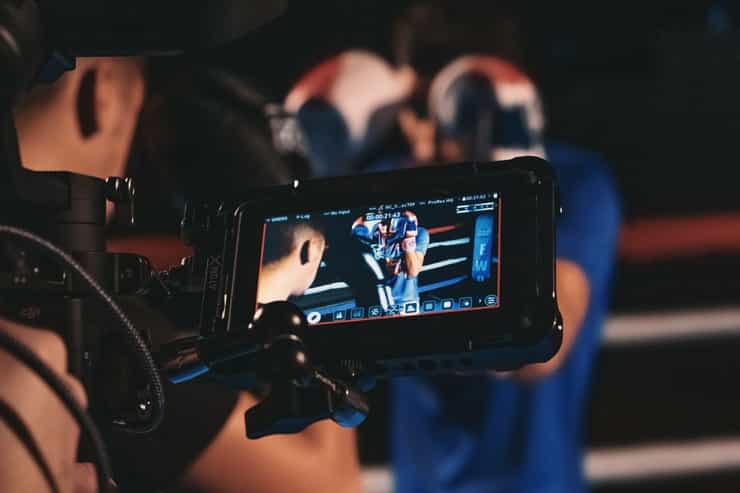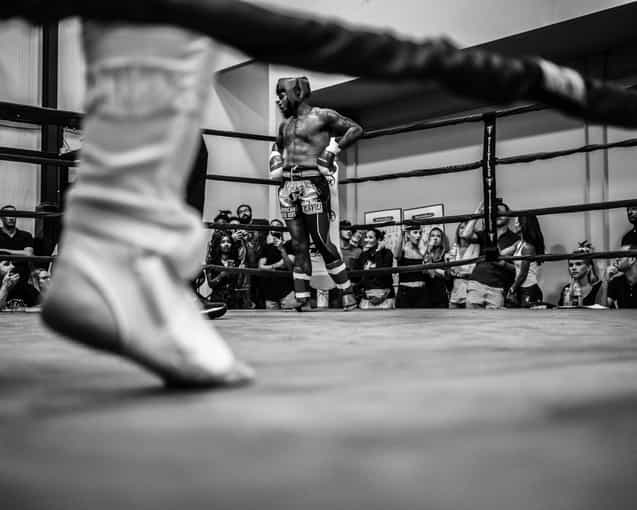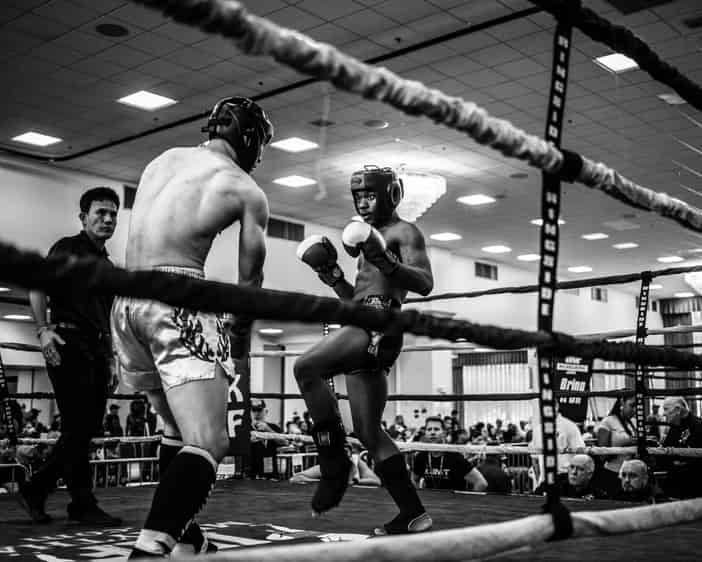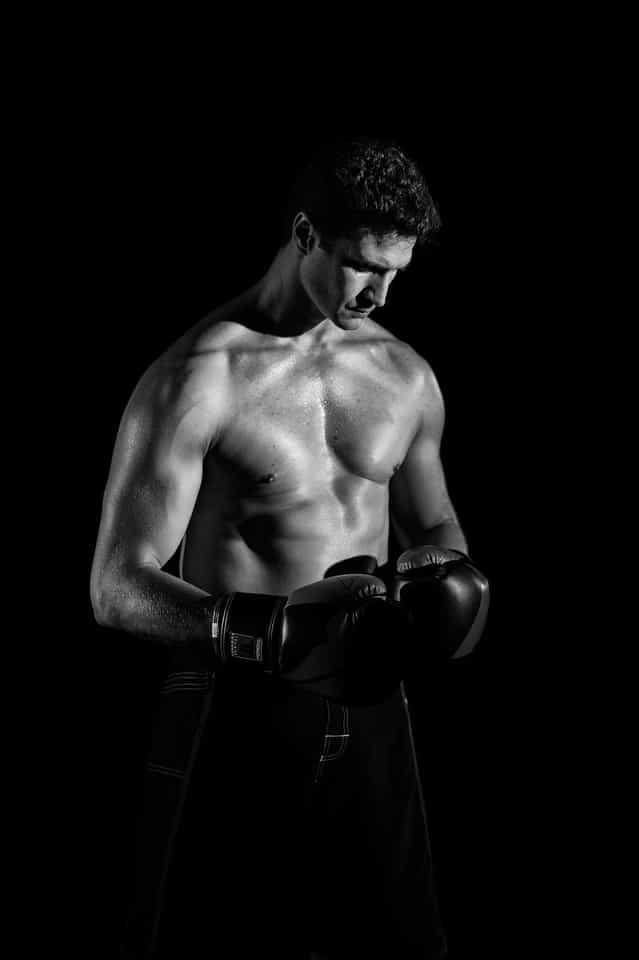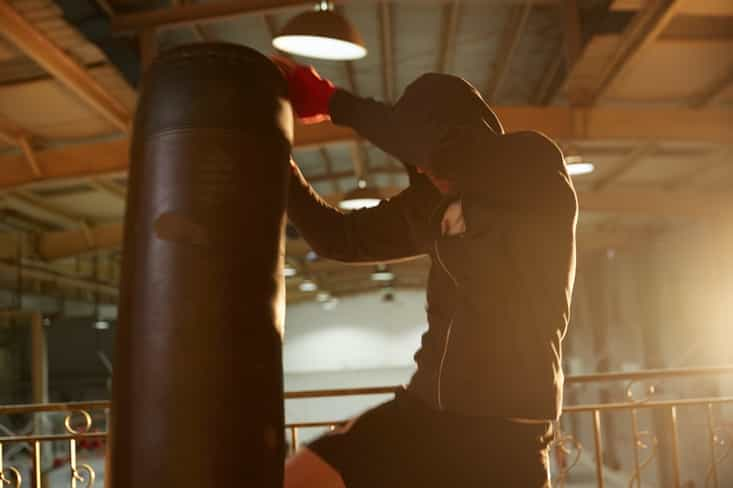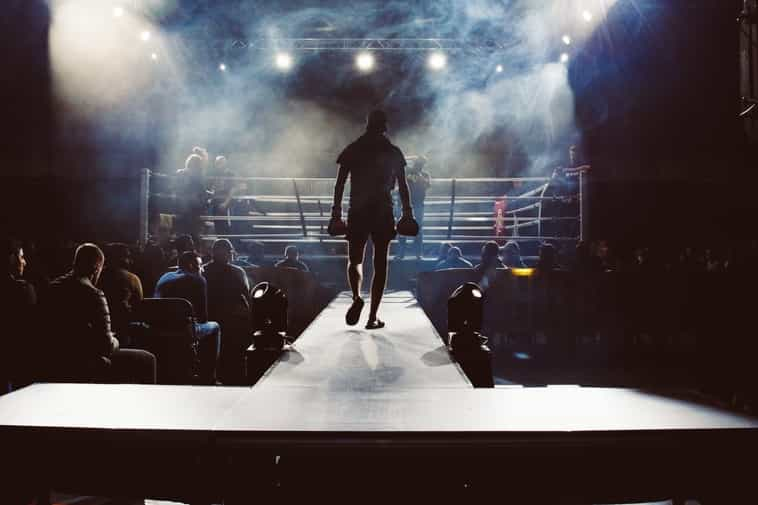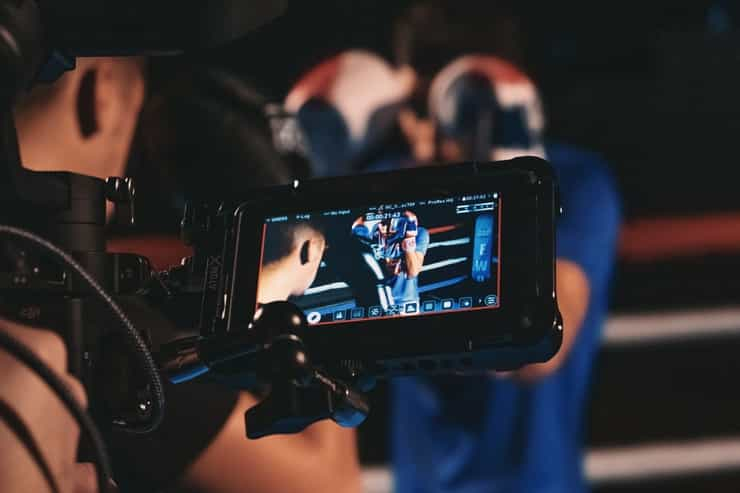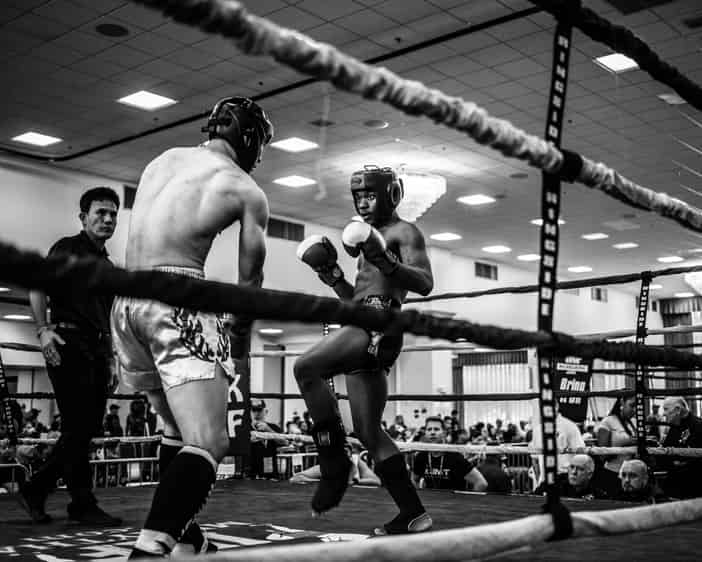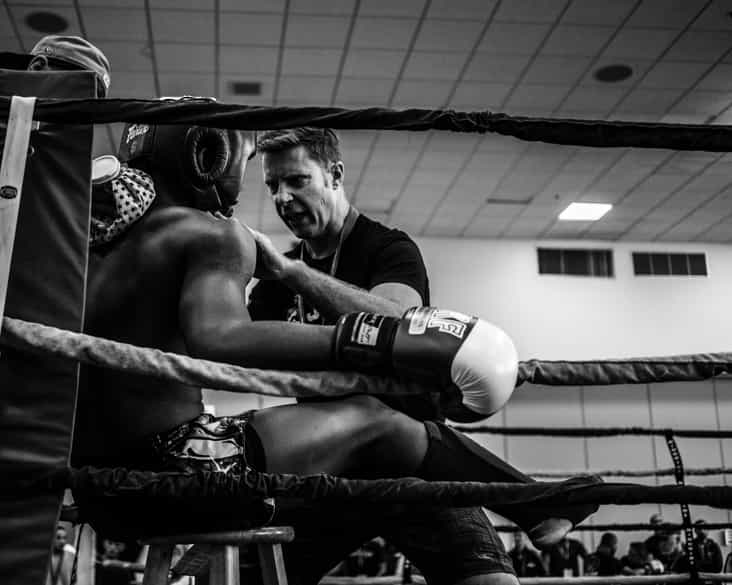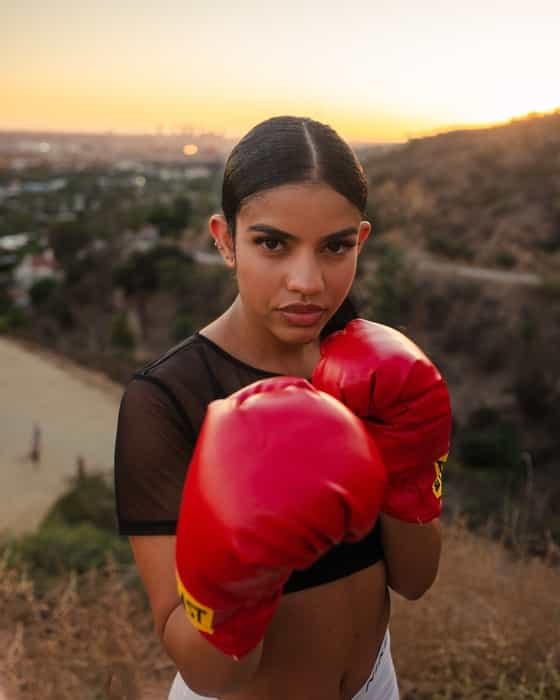Horse racing is a sport that is popular all around the world, and there are many prestigious races that attract fans and bettors from every corner of the globe.
Here are some of the biggest and most famous horse races in the world:
- The Kentucky Derby: This iconic race is held annually on the first Saturday in May at Churchill Downs in Louisville, Kentucky. It is the first race in the Triple Crown, and is known as the “most exciting two minutes in sports.”
- The Dubai World Cup: This race, held annually at the Meydan Racecourse in Dubai, United Arab Emirates, is the richest horse race in the world, with a purse of $12 million. It attracts top horses and jockeys from around the world.
- The Prix de l’Arc de Triomphe: This race, held annually at Longchamp Racecourse in Paris, France, is considered one of the most prestigious races in Europe. It is a 2400-meter turf race that attracts some of the best horses from around the world.
- The Melbourne Cup: This race, held annually at Flemington Racecourse in Melbourne, Australia, is known as “the race that stops a nation.” It is a 3200-meter race that is the richest handicap race in the world.
- The Grand National: This steeplechase race, held annually at Aintree Racecourse near Liverpool, England, is one of the most famous and challenging races in the world. It is a 6900-meter race that features 30 fences and attracts millions of viewers every year.
- The Breeders’ Cup: This series of races, held annually at various locations in the United States, is one of the richest and most prestigious events in American horse racing. It features multiple races over two days, with a total purse of over $30 million.
- The Japan Cup: This race, held annually at Tokyo Racecourse in Fuchu, Japan, is one of the most prestigious horse races in Asia. It is a 2400-meter turf race that attracts top horses from around the world
Horse racing has a long and storied history that spans centuries and continents. Many of the biggest races in the world have been held for over a hundred years, and have become cultural institutions in their home countries.
For example, the Kentucky Derby is known for its traditional mint juleps and extravagant hats worn by spectators, while the Grand National in the UK is famous for its challenging course and unpredictable outcomes.
In addition to the races themselves, there are often many other events and festivities that surround them, from music concerts and food festivals to charity events and celebrity appearances. These events help to create a sense of community and excitement around the races, and attract fans of all ages and backgrounds.
However, as with any sport, horse racing has also faced its share of controversies and challenges. Concerns about animal welfare, particularly in regards to the use of whips and the treatment of horses after they retire from racing, have led to calls for reform and increased scrutiny of the industry.
If You Have It, You Can Make Anything Look Good
Additionally, the COVID-19 pandemic has had a significant impact on horse racing, with many races either canceled or held without spectators in order to reduce the risk of transmission. The industry has had to adapt and innovate in order to continue to thrive in this challenging environment.
Despite these challenges, horse racing remains a beloved and exciting sport that captures the imagination of millions of people around the world. Whether watching from the stands or cheering on their favorite horses from home, fans of horse racing can always look forward to the thrill and excitement of the world’s biggest races.





